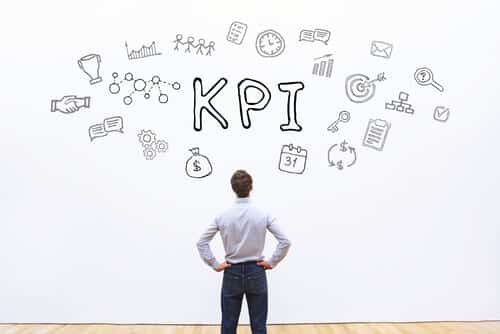All companies produce and exploit data. But do they do it correctly? Is the data useful? Does all the data make sense? Is the data used correctly and communicated to your teams? In other words, are you improving your productivity or are you wasting time and energy? In this article, we outline our vision for the data driven culture by helping you to give meaning to your data.
Too many indicators drown the useful indicator

Take care then in choosing your data. Do not try to use all the data available to you, the scope is just too great. The objective is to focus on operational excellence and collective intelligence. Do not overload the system with information of little value! Avoid therefore simplistic traffic light indicators: Positive in appearance, they may conceal some negatives when studied more closely. They may lead you astray and result in poor decisions.
Giving meaning to data From paper to digital

This approach does not make the most of visual management. Your teams will pay attention at the beginning but will soon realise that data are not up to date and no longer relevant. And consider those people who telework who will not have access to this information at all. Difficult to federate your teams around such a tool. And you may soon find it difficult to keep your indicators up to date; your efforts will thus be in vain. And, of course, this may tarnish your brand image with customers and suppliers.
By favouring a digital solution, you avoid the problems of updating data, updating KPIs and displaying the results to your teams. Your system is therefore more flexible. The display format (graphical, maps, percentages …) allows you to vary the meaning and usability of your data and to formulate your message depending on the target audience. And your indicators will change over time, it is important that your teams follow these changes, thus providing added value and meaning to the information provided.
And finally you will be able to use screens for team meetings (ritual QRQC to monitor and comment on action plans), provide your teams with at-a-glance information on activity in their business area and on overall company performance.
There is no point displaying indicators and numbers without using them to coordinate activity. As your role changes to one of supporting your teams, your attitude must change to help your teams express their ideas for improvement. It is therefore important to choose the data and indicators appropriately, to comment on and illustrate their meaning both at the company and business area levels. If you would like to find out more, do not hesitate to contact us!




